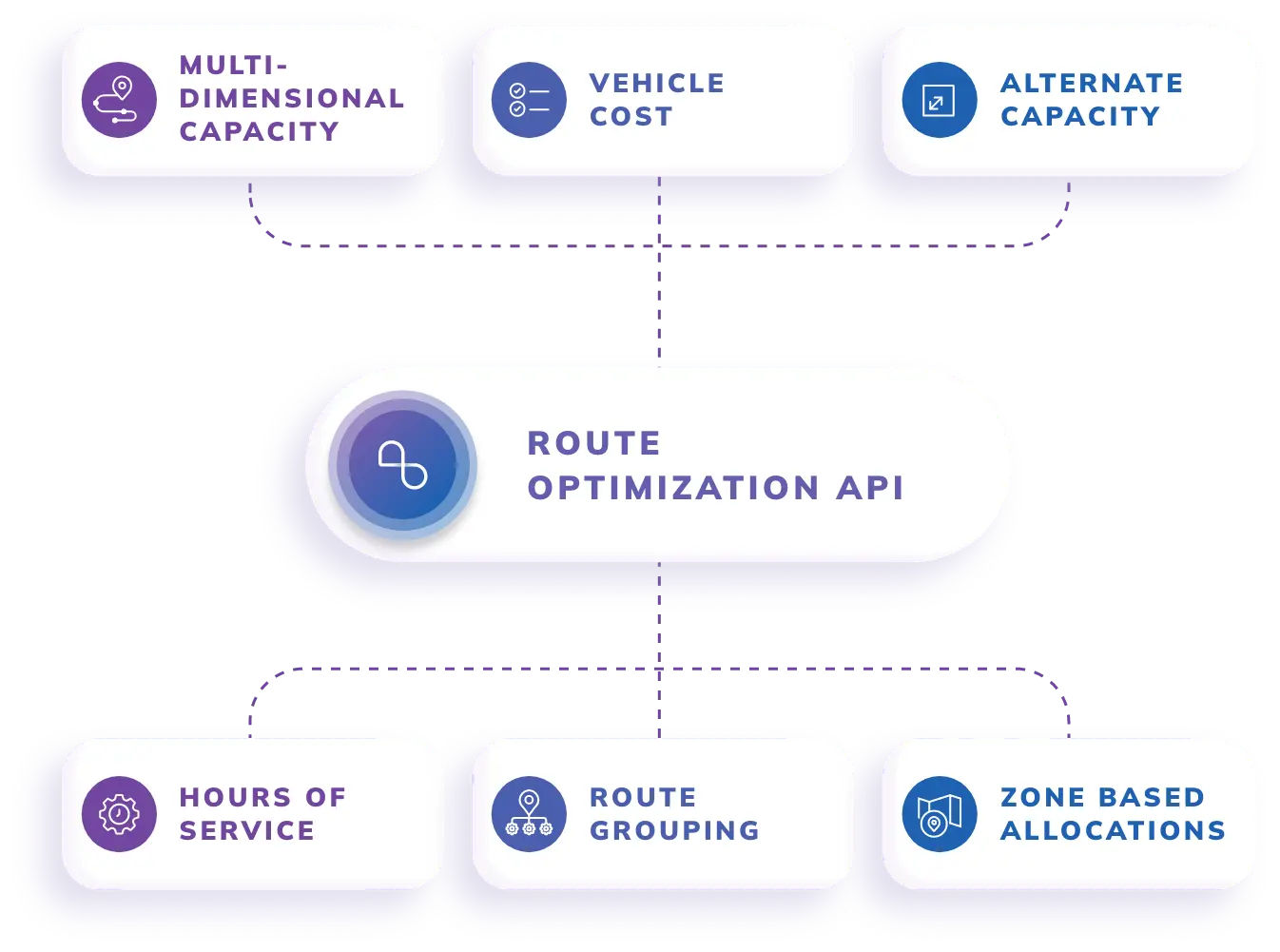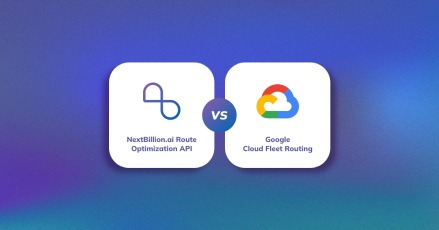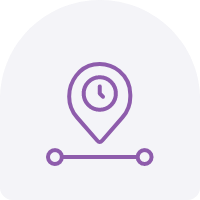Join the Ranks: Startups to Enterprises Trust Our Routing and Navigation Platform.





Join the Ranks: Startups to Enterprises Trust Our Routing and Navigation Platform.





Maximize Visits, Minimize Costs with NextBillion.ai Beat Planning Solutions
Accommodate Last Minute Changes
Introduce real-time flexibility in adjusting routes and schedules and enable quick rerouting, task reassignment, and resource allocation to maintain efficiency and customer satisfaction despite unforeseen changes for upcoming field visits.
Optimize Routes with Real-world Constraints
By accounting for factors like real-time traffic, road closures, and skill requirements, the platform ensures efficient, cost-effective routes that minimize delays and boost operational efficiency.
Handle Fluctuating Demand with Ease
With dynamic routing and agent availability, operations managers can create optimized visit plans, allowing sales reps and field agents to visit retail stores as needed.
Multi-Hub Route Optimization
Manage routes and agents across multiple hubs to reduce travel time, minimize costs, and enhance operational efficiency for faster service and better resource utilization.
Streamlined Monthly and Daily Visits Planning
Enhance long-term schedules and resources to adapt to unexpected changes, while daily planning focuses on route optimization, real-time updates, quick rerouting, and task reassignment to maintain smooth operations despite disruptions.





Solve Challenges around Beat Planning

Field Sales Optimization
Get daily routes to prioritize clients, reduce travel time and costs, boosting sales rep productivity and customer coverage.

Service and Maintenance Scheduling
Plan efficient routes for timely maintenance visits, optimizing schedules and resources to reduce downtime and enhance service efficiency.

Retail Store
Visits
Optimize store visits for inventory checks, promotions, and restocking, ensuring timely visits.

Food and Beverage Distribution
Manage delivery routes to ensure timely deliveries to restaurants, cafes, and retail stores, reducing fuel costs and boosting customer satisfactions.
Why Businesses are using NextBillion.ai for Beat Planning

Industry
Expertise
Hands-on-experience in generating routes to maximize field visits

Flexible
Pricing
Experience flexible payment options with asset-based or task-based pricing for beat planning.

One-Stop
Solution
Access end-to-end APIs, SDKs, and map tools to seamlessly generate routes for efficient beat planning.

Exceptional
Support
Stay connected with our support team for a smooth transition from testing to deployment.
The Building Blocks of Beat Planning Solutions
Explore NextBillion.ai APIs, SDKs, and tools for seamless beat planning solutions.
Integrate Seamlessly With Top Enterprise Clouds, ERPs and CRMs
Add advanced routing and dispatch capabilities to your telematics and ERP systems.
View Integrations








